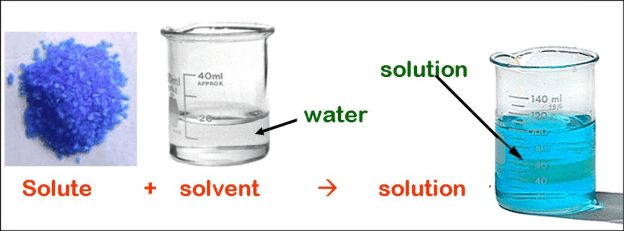Motors are used to turn electrical energy into mechanical energy. They convert electrical signals into kinetic energy. Some motors have brushes that help deliver current through coils via a commutator to the rotor.
However, some motors do not feature these brushes. These are the brushless gear motors we’re referring to here. In these motors, the coils are held in one place by a magnetic field. This then means that they do not need to rotate, thereby eliminating the need for brushes or commutators.
In brushless DC gear motors, the permanent magnet is rotated by changing the direction of the magnetic fields. This is achieved by changing the direction and magnitude of current going into the coils on the rotor.
These gears are mighty, having the capability to produce huge amounts of torque. They also come compactly built. Brushed motors will only reach the maximum rotational force (torque) at specific points in the rotation cycles. In contrast, brushless DC motors can control at maximum torque, making them highly efficient. A brushless motor of small size can supply a significant amount of power compared to a bigger, brushed motor.
Another significant advantage to these motors is that they have an ease of control. This makes it possible to deliver your desired torque or speed of rotation. This advantage makes it possible to keep energy consumption at strict necessity, and lessens the generation of heat. When one is using a battery-powered motor, this equals a longer lifespan for your battery.
The absence of brushes equates to considerably less noise and longevity, unlike in brushed motors where constant replacement of motors because of worn-out brushes is characteristic.
Brushes that are ever in motion also produce sparks consistently, leading to wear and tear as well as a lot of noise. This particular quality makes brushless gear motors suitable for application in areas where it is desired that electrical noise be kept at a minimum.
In matters application, it is those qualities that make brushless gear motors the best choice. In operations that are continuously running, their longevity and durability make for the most economical option.
The electronic consumer goods we use in our homes, such as washing machines, air conditioners, fans, vacuum cleaners, and others, have, for some time now been engineered using these motors. They are also used in hard disc drives.
Final Thoughts – Get That Brushless Gear Motor
The amount of precision and control they avail is likely to be used in more applications soon. For instance, it is said that they could replace brushed gear motors in mobility carts as well as golf carts. In drones, optimum altitude is attained by controlling the speed at which each rotor turns.
The precision of brushless motors vis-à-vis the brushed ones may see them adopted in the making of drones in the future. It is this precision that will make brushed motors the best choice in the building of service robots, which by nature of their use, require proper control of force to maintain safety in operation.





















